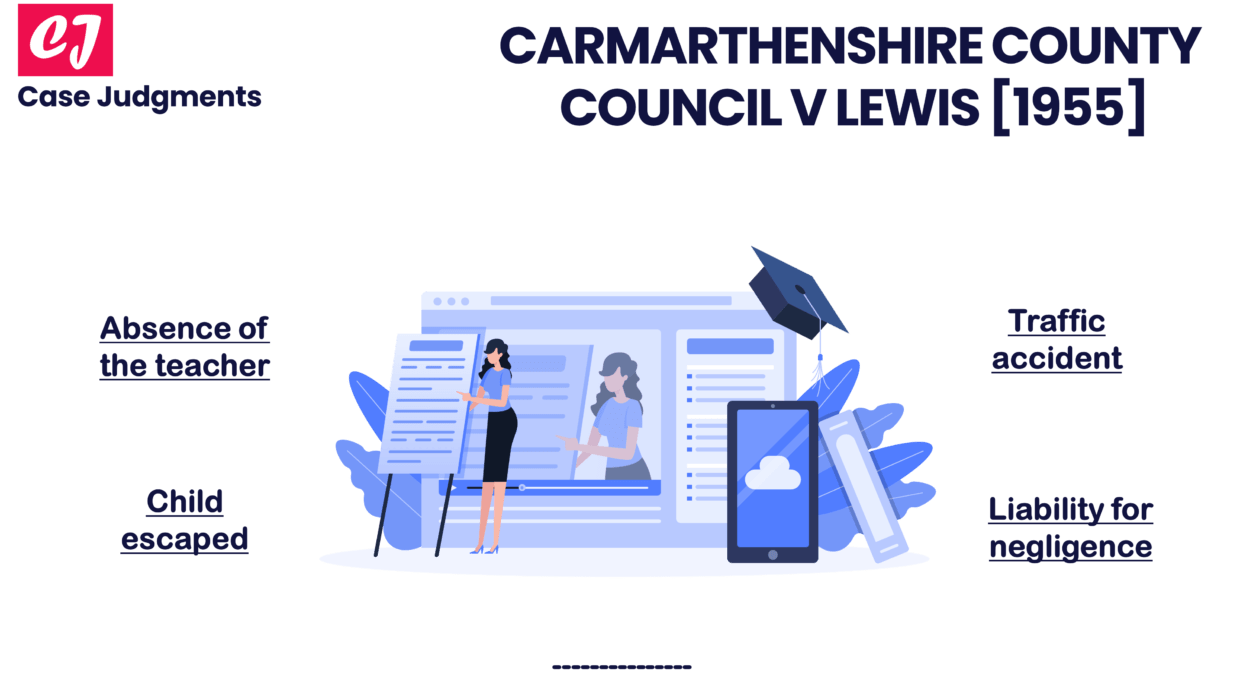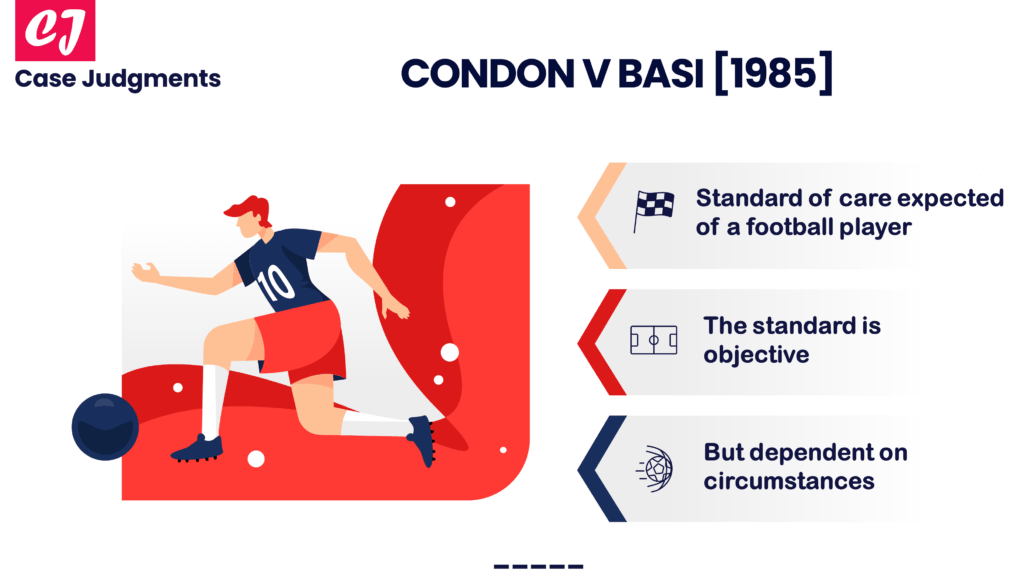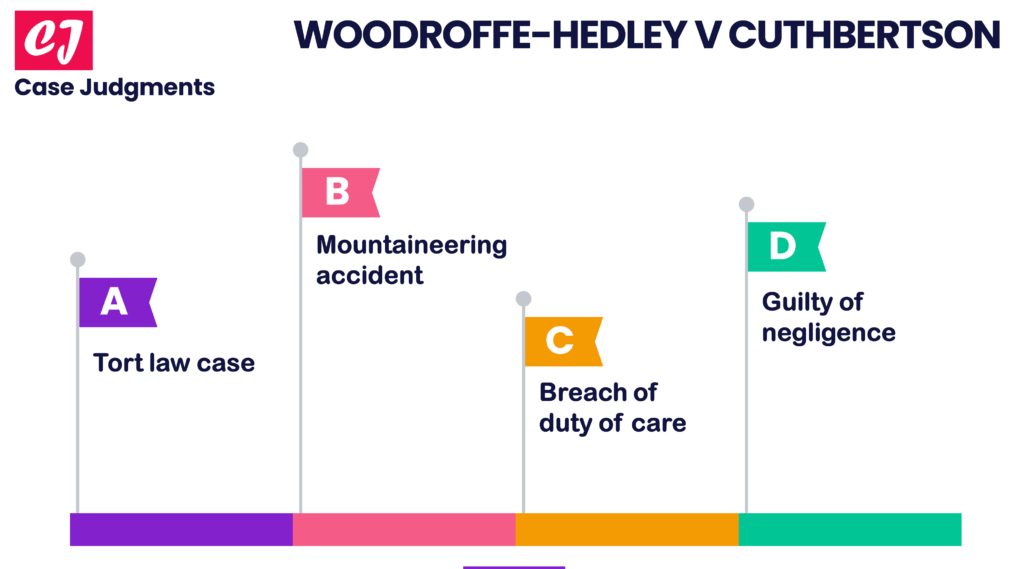
Carmarthenshire County Council v Lewis [1955]
Case name & citation: Carmarthenshire County Council v Lewis [1955] AC 549; [1955] 1 All ER 565; [1955] 2 WLR 517
- Court and jurisdiction: House of Lords, England & Wales
- Decided on: 17 February 1955
- The bench of judges: Lord Oaksey, Lord Goddard, Lord Reid, Lord Tucker and Lord Keith of Avonholm
- Area of law: Negligence
What is the case about?
Carmarthenshire County Council v Lewis [1955] is a UK tort law case concerning the duty of care of a school authority not only towards a child but also, road users who might be affected by the child’s actions.
Facts of the case (Carmarthenshire County Council v Lewis)
This is a tragic case. A young child, approximately four years old, wandered out into the road while he was attending a school under the management of the defendants. The boy was able to escape from the school since the teacher who was looking after him was distracted when another child hurt themselves. She was attending to the hurt child when the boy escaped. In addition to this, the gate that separated the schoolyard from the street was left unlocked.
In an effort to protect the child from harm and avoid injury, the deceased husband of the plaintiff, who was driving a lorry at the time, collided with a telegraph post and was killed as a consequence.
The plaintiff claimed that the death of her husband was due to the negligence of one or more of the school teachers. A lawsuit was filed against the defendants, the council that had been in charge of employing the teacher and running the school.
Issue
Was the teacher liable? Who was to be held liable for the loss of the plaintiff?
Judgment of the Court in Carmarthenshire County Council v Lewis
The Court decided in favour of the plaintiff.
The standard of care expected of teachers is comparable to that of a reasonably careful parent who is watching over their own children. It was reasonable for the teacher to attend to an injured child for a few moments, so the teacher did not act negligently. It is impossible to provide perfect supervision of children. On the other hand, the fact that the child had been able to get from the schoolyard onto the road because the gate had been unlocked indicated that the council had been negligent.
The Court determined that the defendants or their responsible officers ought to have anticipated that if a child was left unsupervised (for a good reason or not), the child might very well try to get out from the school grounds onto the street and that if the child succeeded in doing so, a traffic accident was far from unlikely to take place.
In the given case, it would have been very easy to avoid this by making it difficult or impossible for the child to open the gate leading from the yard to the road. The accident resulted from the failure to do so. It was held that failure to do so constituted a failure to exercise reasonable care (certainly, for the safety of the child, but also for the driver who could foreseeably be injured in striking or avoiding the child on the road).
Thus, the council was held liable for negligence.
List of references:
- https://ipsaloquitur.com/tort-law/cases/carmarthenshire-county-council-v-lewis/
- https://swarb.co.uk/carmarthenshire-county-council-v-lewis-hl-17-feb-1955/
You might also like:
More from tort law:
- A Case Summary of Wells v Cooper [1958]
- Topp v London Country Bus (South West) Ltd [1993]
- Joel v Morison (1834): A Case Summary
Hope you found this helpful!

